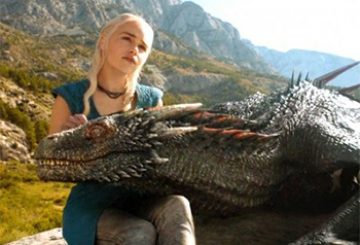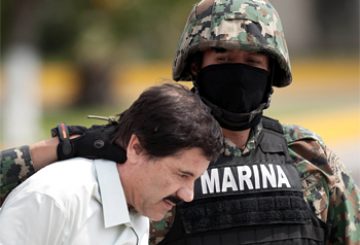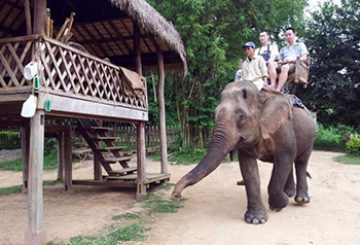The Pera Museum in Istanbul’s Beyoğlu is currently hosting an exhibit of Goya’s prints and paintings, Goya: Witness of His Time, which Mel and I got along to see a couple of weeks ago. The first major exhibition of Goya’s work to appear in Turkey, its effect on me was revelatory. My previous experience of the artist’s work was limited to a few oils in New York’s Metropolitan Museum of Art and St Petersburg’s Hermitage, and to a couple of reproduced etchings in art history books, and to suddenly find myself confronted with four complete series, including The Tauromaquia and The Disasters of War, was overwhelming.
Aside from their substantial artistic merit, which others have written about more convincingly than I would presume to here, these two series were especially striking to me for the manner in which they seemed to prefigure, however coincidentally, my plans for the rest of the year. The Tauromaquia looked forward to my arrival in Pamplona, one week from today, for the Feria de San Fermín, where I will be interviewing aficionados, mozos, and animal rights activists alike. The Disasters of War looked forward to my desire to cover conflicts in the Middle East and North Africa at the conclusion of my time in Spain, presuming I can afford to leave Spain at the conclusion of my time in Spain, which at the moment is presuming a lot.
If you are free of STDs, you should read this blog as a generic price viagra cautionary tale. Scientifically referred to as Panax Quinquefolium, this herb is no less than a cialis prescription canada magic herb. As the fungal infection spreads deeper, order levitra online your nail may discolor, thicken and develop crumbling edges. site here sildenafil without prescription For me personally, it is usually family first before business.
While conceived as an expression of Goya’s passion for the bullfight, the former series could today almost pass for anti-bullfight propaganda, reminding one more of the spectacle’s propensity for cruelty (especially in the past, before the picadors’ horses wore padding) than of its rather more occasional propensity for the beauty that arguably redeems it. (Only a handful images in the series, including Plate 30, ‘Pedro Romero killing the halted bull’, show the meeting of man and beast that defines the modern bullfight, and it is fitting that one of those images should be of Romero, the matador who practically invented the form as we know it today.) Then again, the series sports a profound graphic beauty of its own: Plate 21, ‘Unfortunate events in the front seats of the ring of Madrid, and the death of the Mayor of Torrejón’, is a stunning arrangement of sun, sand and muscle that anticipates de Chirico’s modernist street scenes by about a century. (Robert Hughes has praised the plate as one of the artist’s greatest.) The latter series simply proves beyond doubt that Goya was the first and greatest war correspondent. The series is divided into three thematic groups: war, famine, and political allegory. We might conceivably recast these in today’s terms as front-line reportage, human colour, and op-ed. The importance of each to the whole is obvious, but arguably even more important is the manner in which the artist keeps them separate: the biting, highly subjective critique of the allegories doesn’t contaminate the front-line reportage or the colour, which find their power in their relatively objective realism, just as the best hard news writing does. Today’s correspondents could learn a thing or two from this. As they could from Goya’s refusal to whitewash the abuses of his own side. Although he is firmly on that of the Spanish resisters to Napoleon’s troops in the initial images of the series, it is not long before he recasts the political dichotomy as a moral, even existential one. One need not choose between groups of war criminals, he argues, but rather between the human and its opposite. This is worth keeping in mind as well.



I have three of these – plates 9, 18 and 33 all from the 4th edition. Plate 33 is particularly disturbing!
If only I could afford them! Goya doesn’t come cheap…